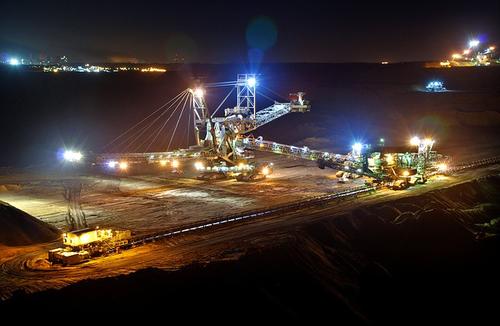What Do Engineers Think of Trump’s Energy Plan?
Donald Trump’s recent release of an “energy plan” offered no policy details, but left little doubt as to where the Republican presidential candidate stands on the subject of green energy.
June 8, 2016
The plan, introduced during a speech in North Dakota on May 26, implies that a Trump administration would view energy production as a means to boost the economy. “My American First energy plan will do for the American people what Hillary Clinton will never do: create real jobs and real wage growth,” he told an audience in Bismarck, ND.
Trump’s plans stood in sharp contrast to those released by Democratic candidate Bernie Sanders earlier this year. Whereas Sanders’ proposed programs would accelerate national efforts to combat climate change, Trump said his administration would focus on “real environmental challenges, not phony ones.”

In his speech, Trump said he would reverse the Paris Climate Agreement, stop all payments of US tax dollars to United Nations global warming programs, rescind the Obama Administration’s Climate Action Plan and ask for a renewal of the permit application for the Keystone pipeline. “Any future regulation will go through a simple test: Is this good for the American worker?” he said. “If it doesn’t pass this test, the rule will not be approved.”
In his speech, Trump stated that he’s open to all forms of energy, including:
Oil and natural gas. Trump declared that the US has 1.5 times as much oil as the combined OPEC countries, and has more natural gas than Russia, Iran, Qatar, and Saudi Arabia combined. He argued that total untapped oil and gas reserves on federal lands amounts to $50 trillion in value and argued that those reserves will make it possible for the US to remain independent of any need to import energy from the OPEC cartel.
Coal. Trump said he would “save the coal industry,” but did not explain how he would do that. Current policies are aimed at shutting down the American coal mining industry, he said.
READ MORE ENERGY POLICY ARTICLES ON DESIGN NEWS:
Nuclear, wind, and solar. A Trump administration would pave the way for wind, solar, and nuclear power, Trump said. “We will get the bureaucracy out of the way of innovation, so we can pursue all forms of energy,” he told the audience.
The key, Trump said, lies in lifting existing government restrictions. Quoting the Institute of Energy Research, Trump said the elimination of those restrictions would result in an increase of almost $700 billion in annual economic output and more than $30 billion in additional wages over the next 30 years. He also said his policies would jumpstart more than $20 trillion in additional economic activity and $6 trillion in new tax revenue.
“In a Trump administration, political activists with extreme agendas will no longer write the rules,” Trump said. “Instead, we will work with conservationists whose only agenda is protecting nature.”
What do you think of Trump’s energy plan? Voice your thoughts in the comments field below.
Senior technical editor Chuck Murray has been writing about technology for 32 years. He joined Design News in 1987, and has covered
About the Author(s)
You May Also Like
.jpg?width=300&auto=webp&quality=80&disable=upscale)


